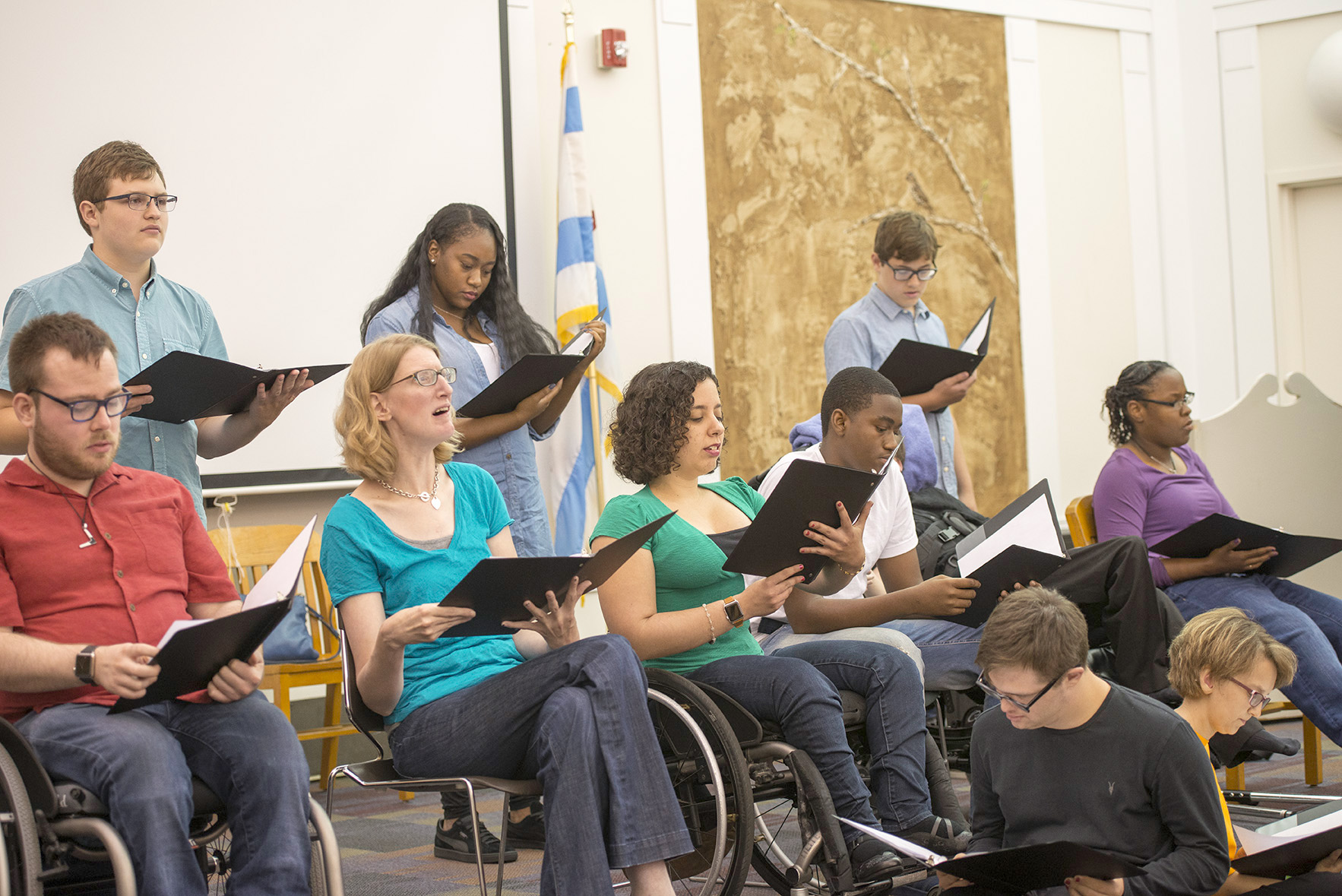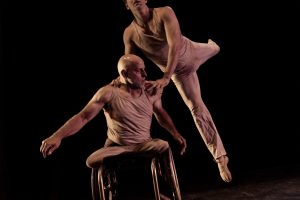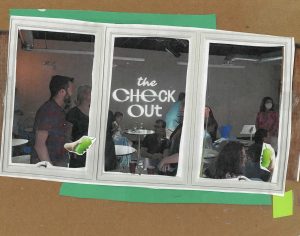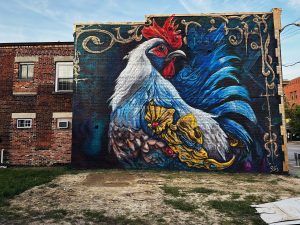There’s something about a library that makes me feel at home. The seemingly endless options of well-worn books are a welcome sight for anyone who grew up spending hot summers cross-legged on a public library floor.
During July, that innate sense of welcoming is highlighted further with the Chicago Public Library (CPL)’s Disability Awareness Month. With a fierce desire to make the disability community feel more at home in the city’s library spaces, the CPL’s Diversability Advocacy Committee is in the midst of its second annual celebration of people with disabilities—both as guests as well as creatives.
Evelyn Keolian, co-chair of the Diversability Advocacy Committee and a Children’s Librarian at the Edgewater Branch, took the time to tell me a little more about the library’s Disability Awareness Month.
Courtney Graham: Last year was the Chicago Public Library’s first observance of Disability Awareness Month, how did this initiative begin?
Evelyn Keolian: At CPL, we have different heritage and cultural committees that take on the responsibility to facilitate programming to celebrate their respective heritage months. Some examples of our committees are the African American Heritage Committee, Women’s History Committee, and the LGBTQ Pride Committee. There wasn’t a committee in place recognizing individuals with disabilities. With the support of my branch manager and administrative staff, I recruited and formed the Diversability Advocacy Committee in late spring of 2016. We worked on getting resources to create this awareness month in 2017. In the first year of our committee’s work, we marched in the Disability Pride Parade in July and had 2 programs for International Day of Persons with Disabilities in December.
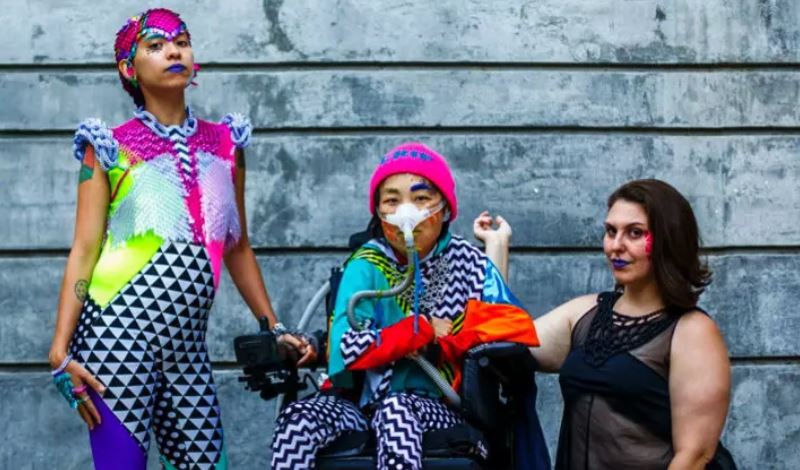
CG: What was the process like in developing the programming for this year’s celebration? Did CPL approach it differently from last year?
EK: Last year, we kept it simple with less programming and more generalized for our first Disability Awareness Month. This year, we were more ambitious with the intent of creating more programming, and also trying to touch some specific focus groups within the community of those with disabilities, as well as hosting a variety of programs and workshops for people to choose from.
CG: How do you see this month of programming impacting the Chicago creative community year-round? Have you witnessed more inclusion throughout the year because of Disability Awareness Month?
EK: Like some of the heritage committees at the Library, our work isn’t limited to Disability Awareness Month. We have had programming, exhibits, and blog posts on the CPL website at various other times during the year, such as Autism Awareness Month (April), World Braille Day (January for Louis Braille’s birthday), Deaf History Month (March 13 to April 15), and International Day of Persons with Disabilities (December 3). Overall, I feel that having this programming has helped begin conversations and create more awareness among our staff, patrons, and community. This series of programs has also provided more exposure within the Chicago creative community of the arts organizations that support individuals with disabilities.
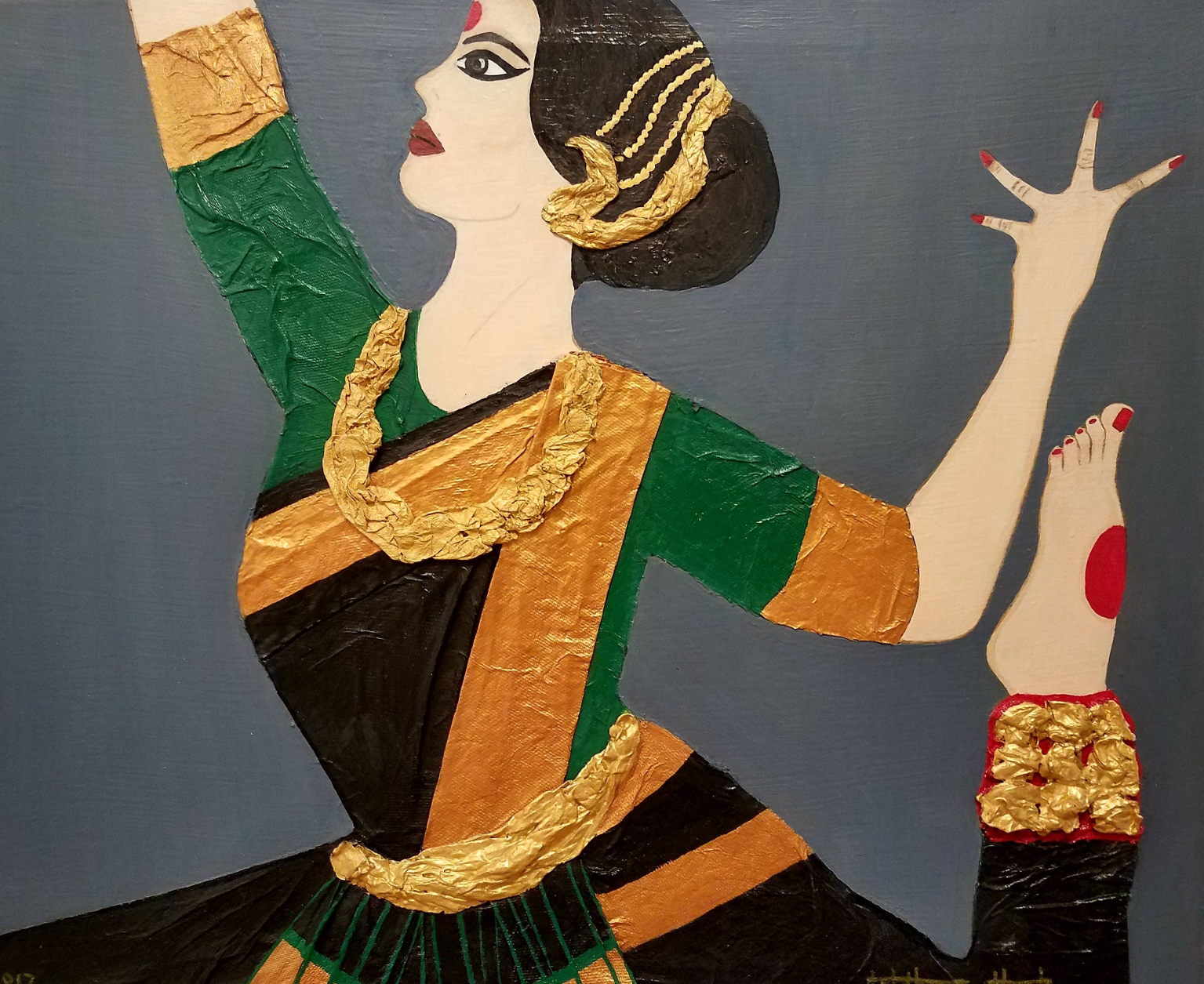
CG: What has it been like for the CPL team to work with writers and artists with disabilities?
EK: It has been wonderful to be able to collaborate with writers and artists with disabilities. This has been a great way to recognize their contributions to the arts as well as create more inclusion.
CG: The programming appears to cover all ages, which is really exciting. Is there anything in particular that’s been challenging to program for multi-generational audiences?
EK: It has been a bit challenging having much programming for kids as we have our annual Summer Learning Challenge happening at the same time. We do hope to have more kid-friendly programming outside of story times in the future. We are excited to finally have teen programming this year.
CG: Anything else you’d like to share about this year’s Disability Awareness Month?
EK: While I am thrilled about everything we are offering in July, I am especially excited to have Tellin’ Tales Theatre’s Young Adult Writers program return as well as having the Radical Visibility Fashion Show [with Rebirth Garments] and our first exhibit for Disability Awareness Month at HWLC, The South Asian Perspective by Grishma Shah. Lastly, we at CPL recognize and celebrate the great diversity that makes up our city. In recognizing Chicago’s unique diversity, we are committed to serving all communities with the highest level of service through quality books, information, materials, technology, and programs highlighting a variety of different cultures and heritage groups.
More information on the Chicago Public Library’s Disability Awareness month and the remaining events, can be found on their website. Grishma Shah’s exhibit, The South Asian Perspective is on view through July 31 at Harold Washington Library Center.
Featured image: Tellin’ Tales Theatre’s Young Adult Writers program 2017, courtesy of Tellin’ Tales Theatre and Chicago Public Library. Image description: eleven people reading from black folders. Three people stand at the back, while the rest are seated on varying levels. Several of the participants are using wheelchairs.
 Courtney Graham is a Chicago-based arts administrator, writer, and event planner. As a masters candidate in Arts Administration and Policy at the School of the Art Institute of Chicago, she focuses on accessibility for people with disabilities in cultural spaces. This is reflected in Courtney’s writing, which explores access and spotlights artists with disabilities. Courtney also serves as the Assistant Director of the Evening Associates at the Art Institute of Chicago. When she is not dashing from the museum to school and back, Courtney can be found embroidering, grossly over-planning for her next trip, or watching Michigan football.
Courtney Graham is a Chicago-based arts administrator, writer, and event planner. As a masters candidate in Arts Administration and Policy at the School of the Art Institute of Chicago, she focuses on accessibility for people with disabilities in cultural spaces. This is reflected in Courtney’s writing, which explores access and spotlights artists with disabilities. Courtney also serves as the Assistant Director of the Evening Associates at the Art Institute of Chicago. When she is not dashing from the museum to school and back, Courtney can be found embroidering, grossly over-planning for her next trip, or watching Michigan football.
